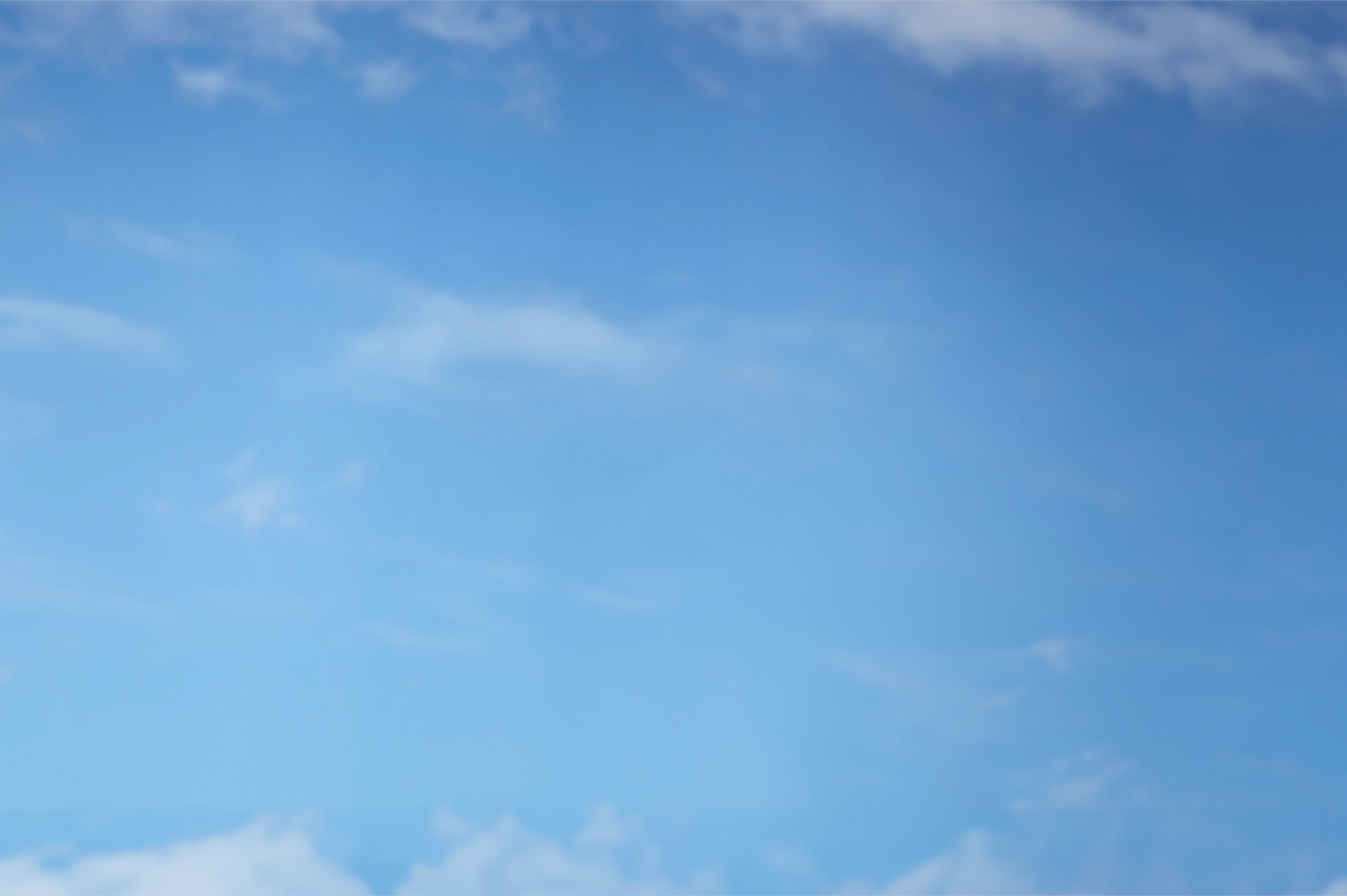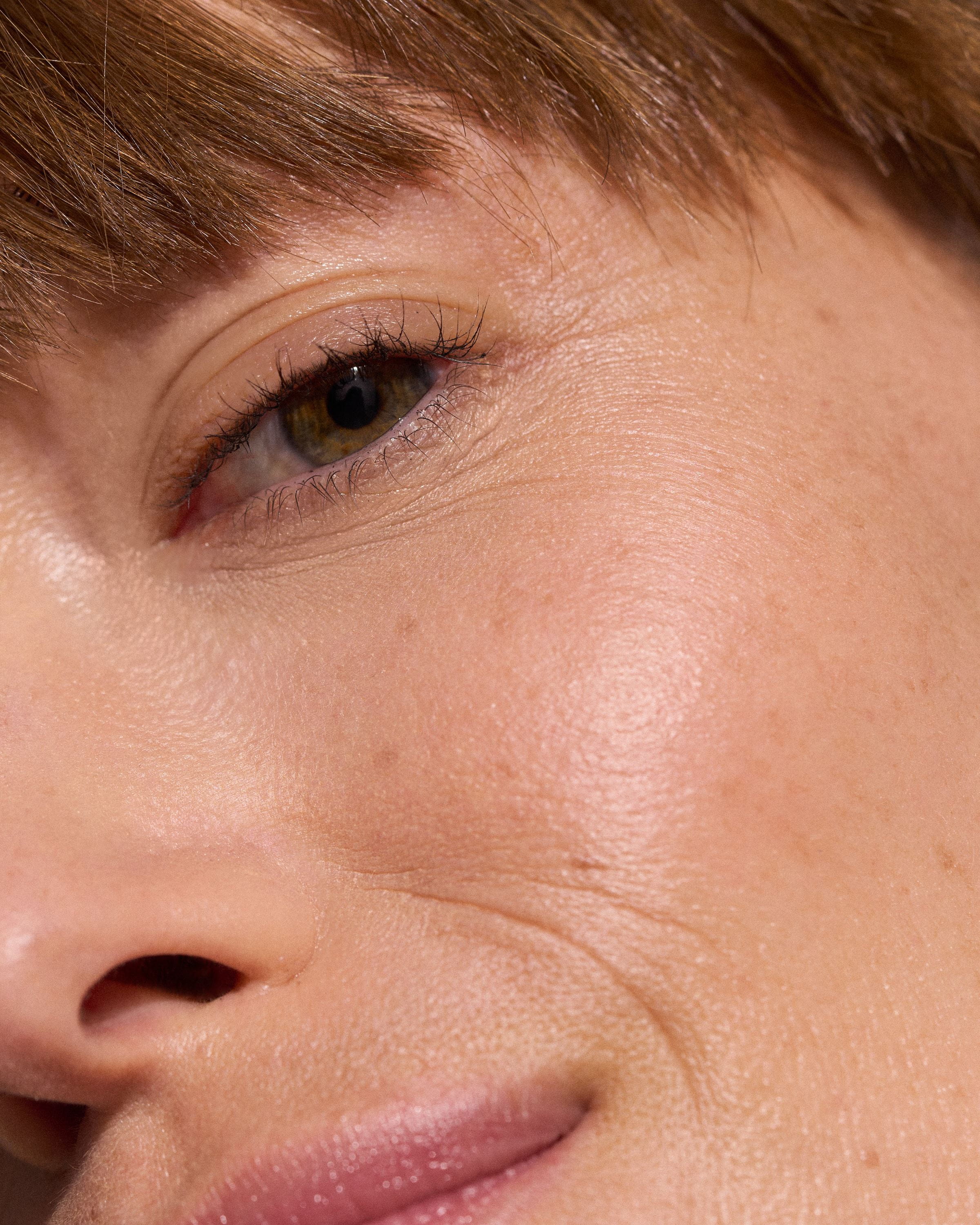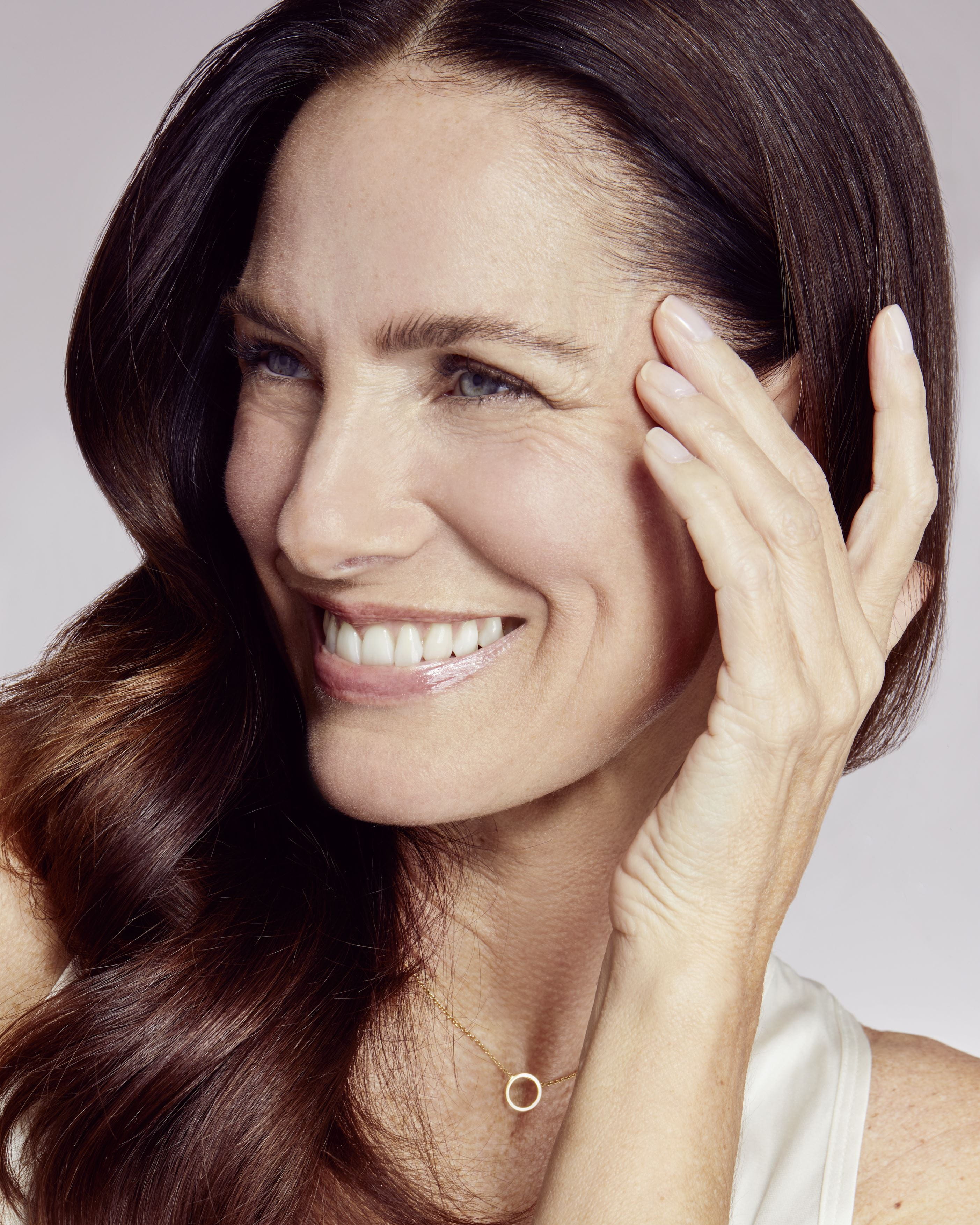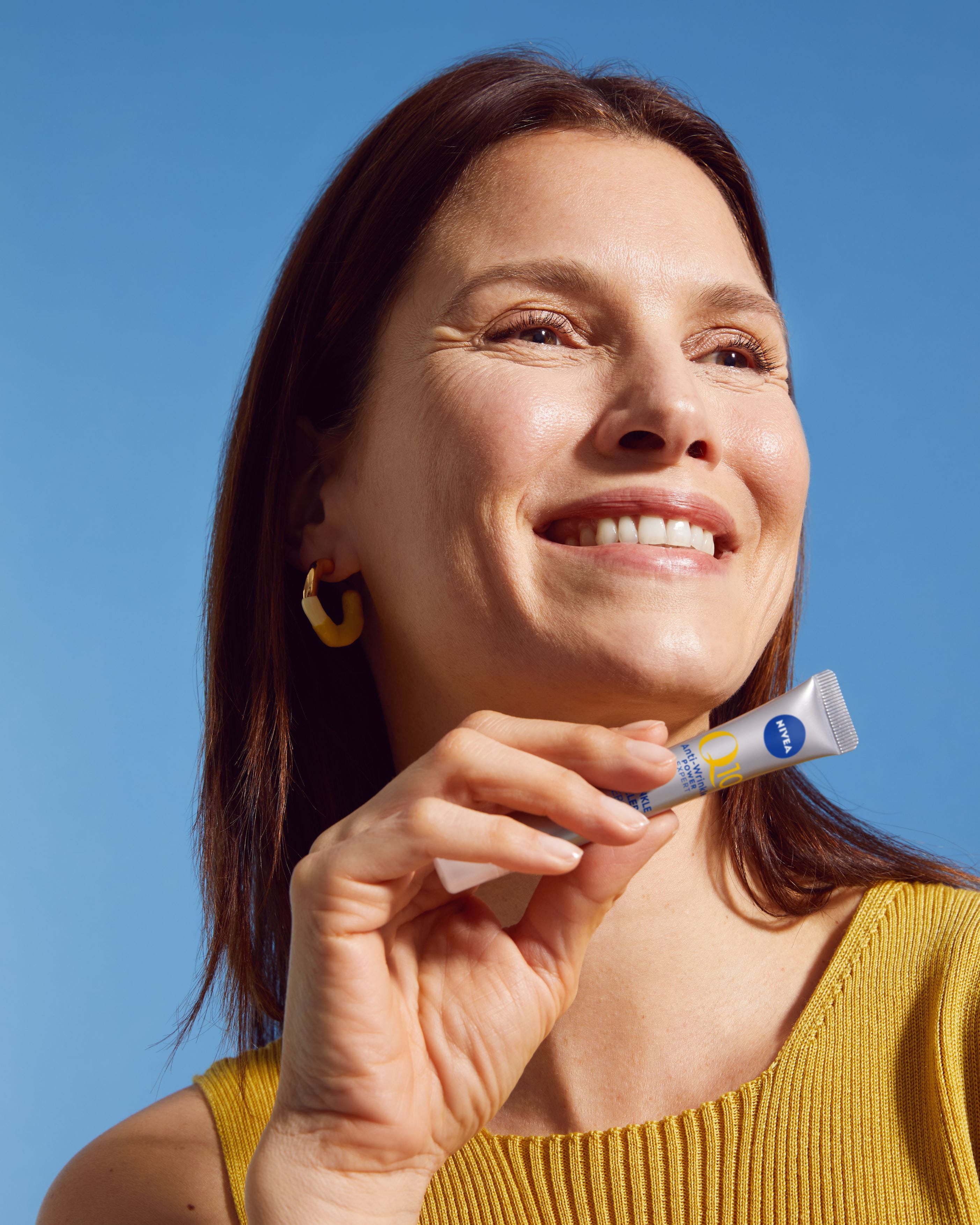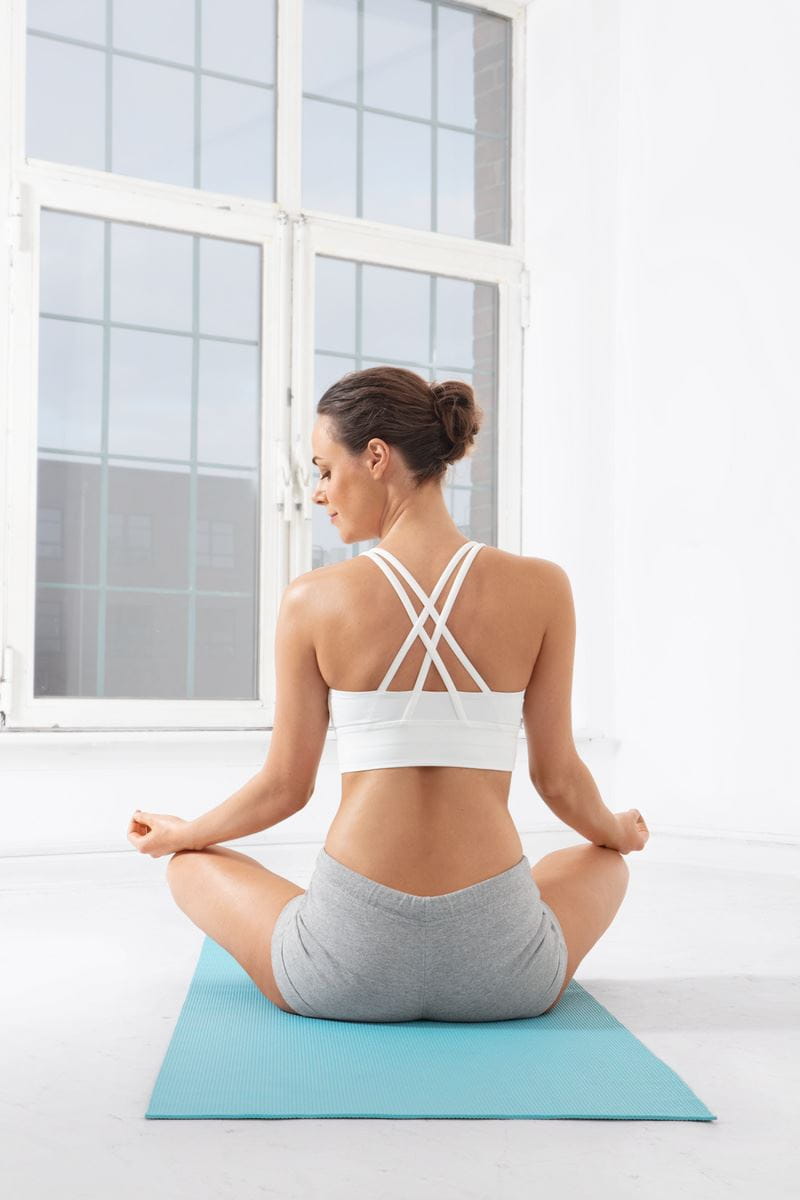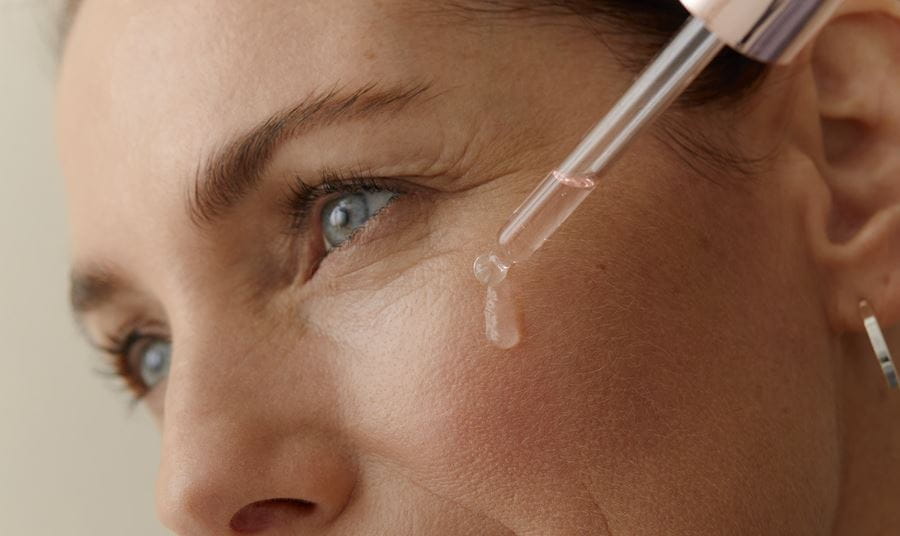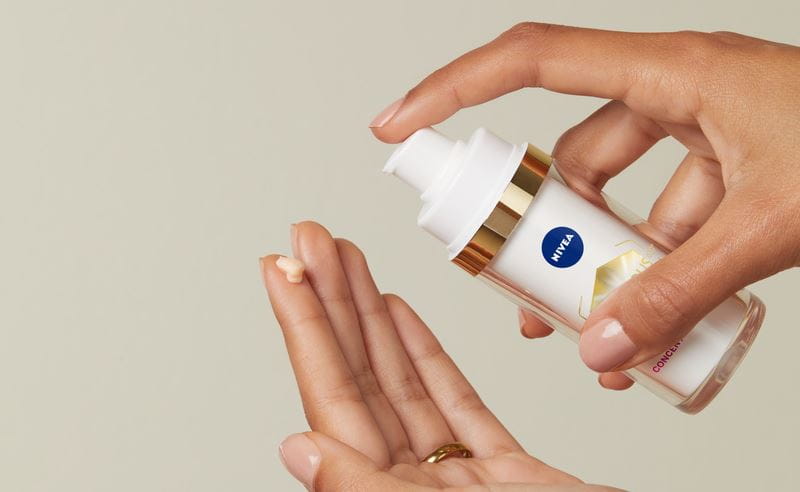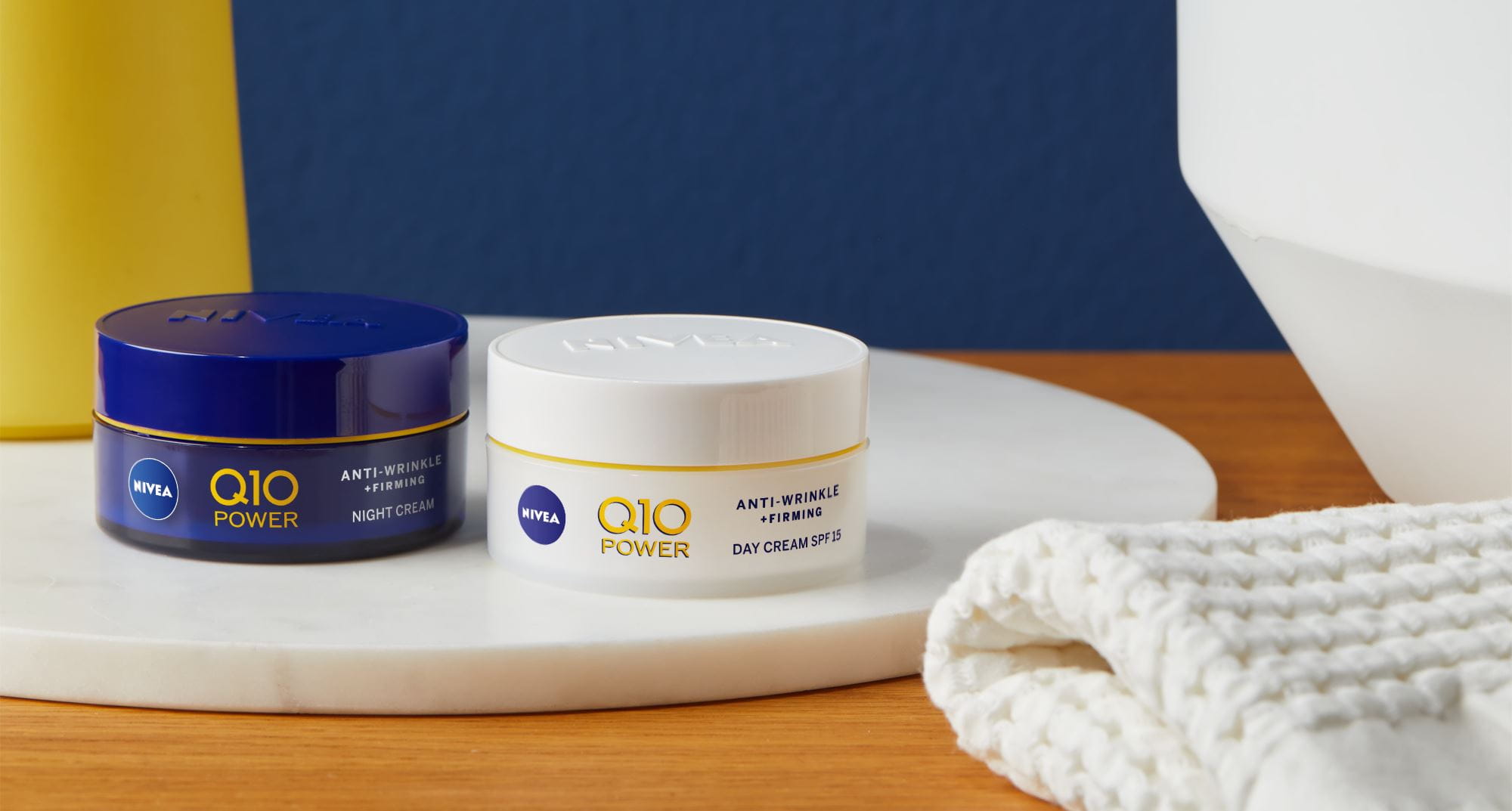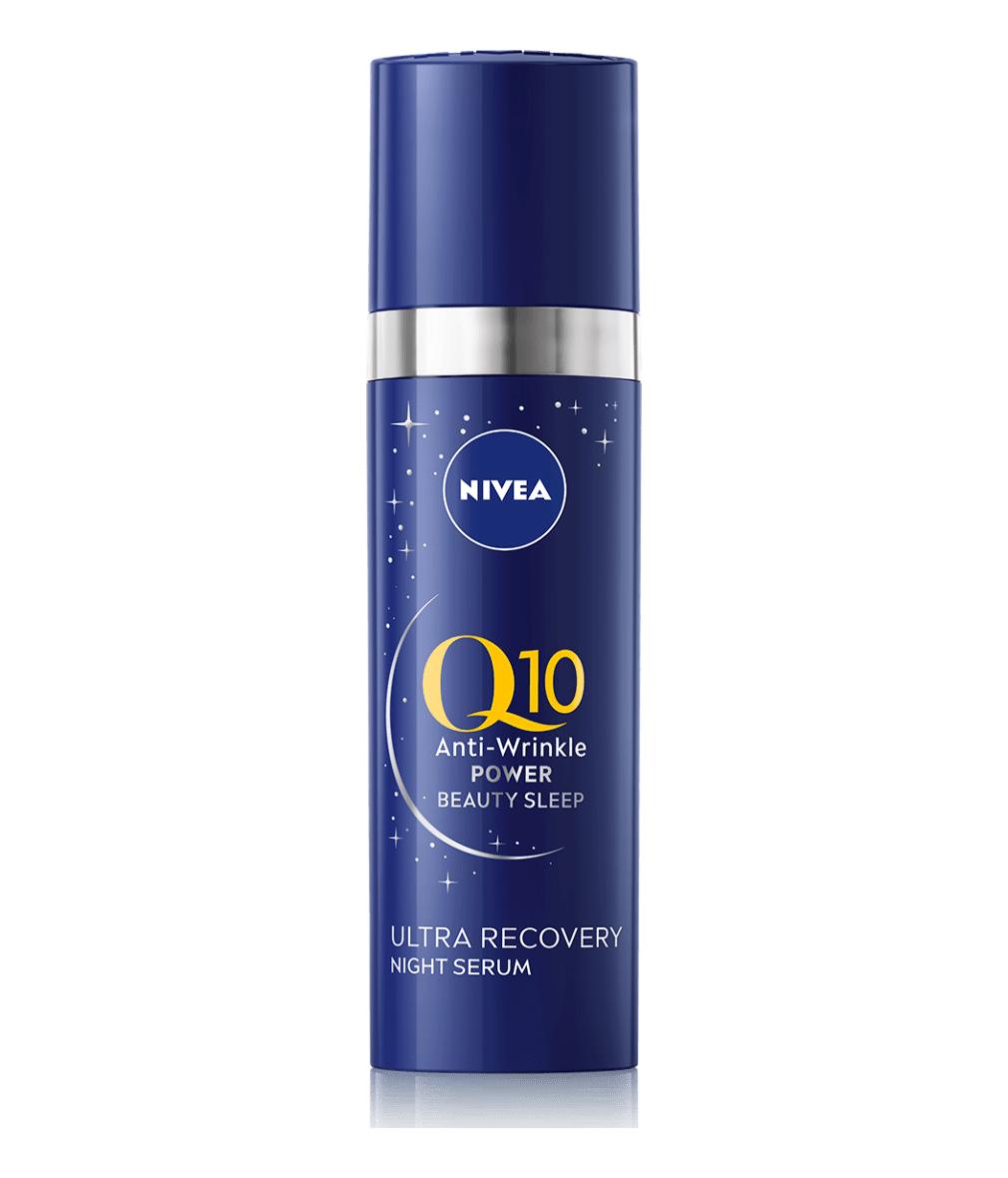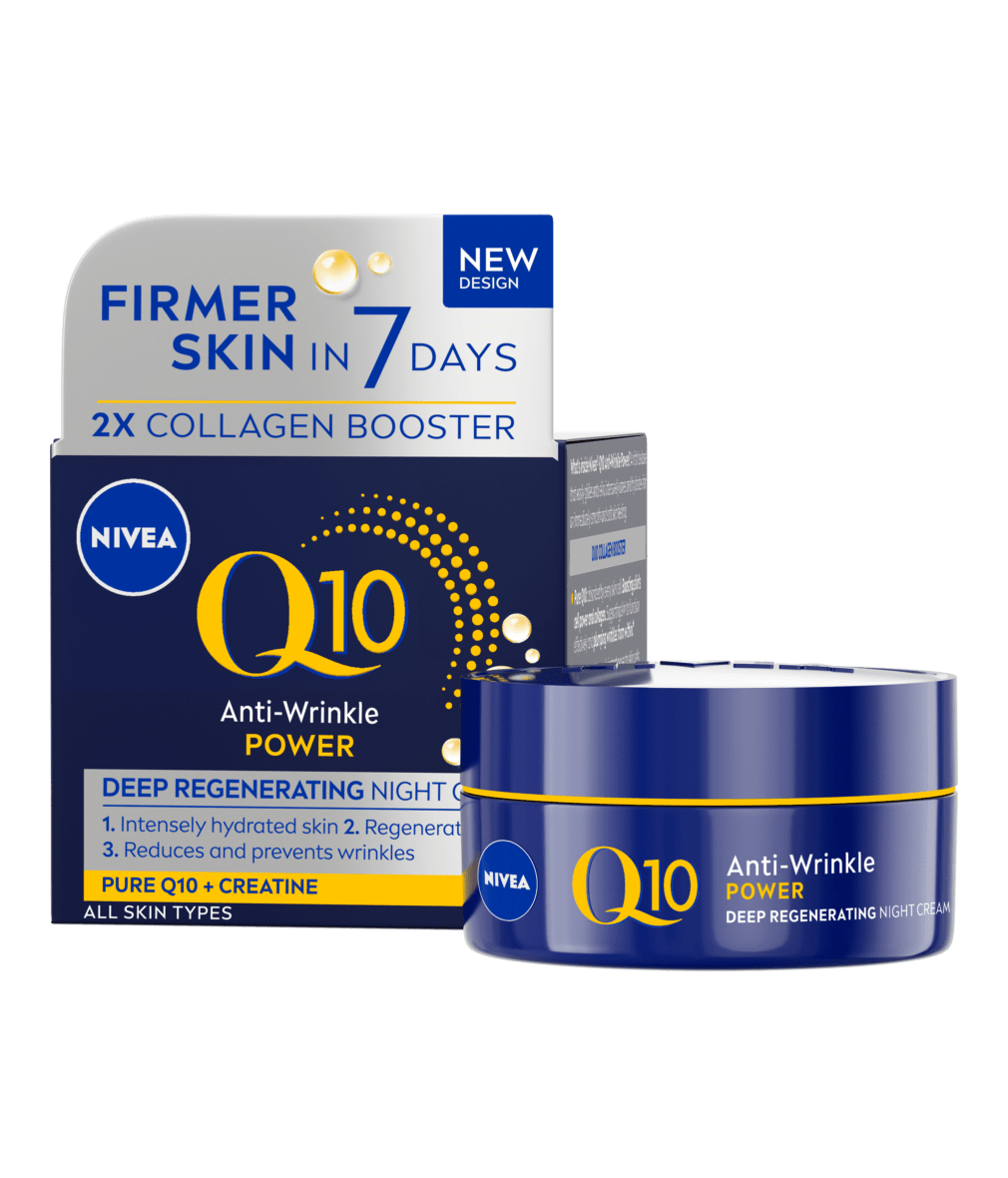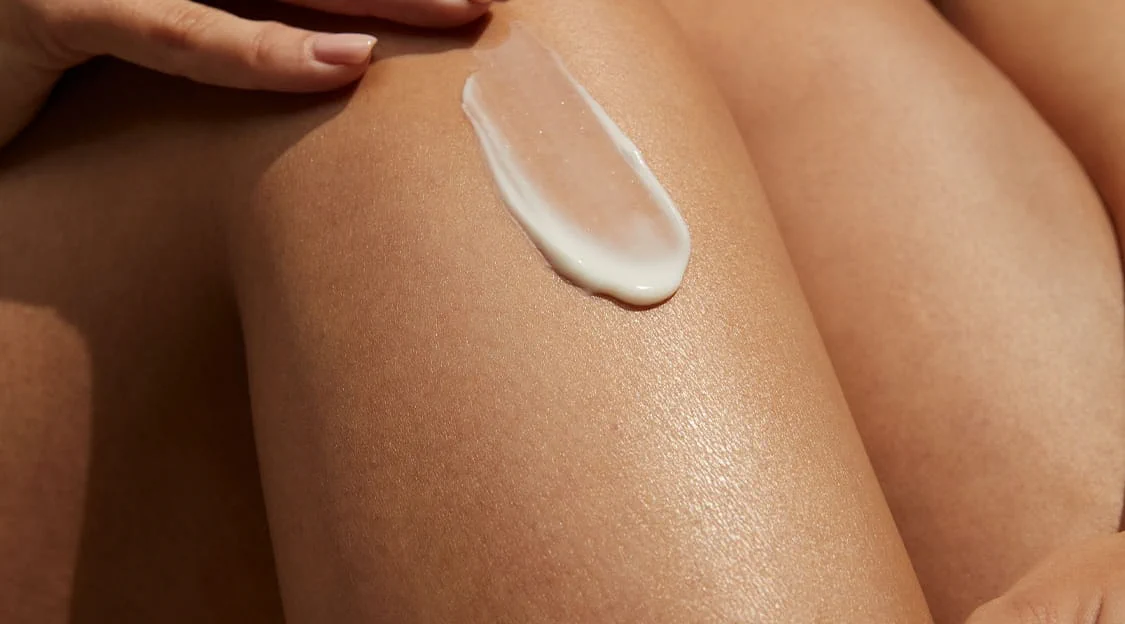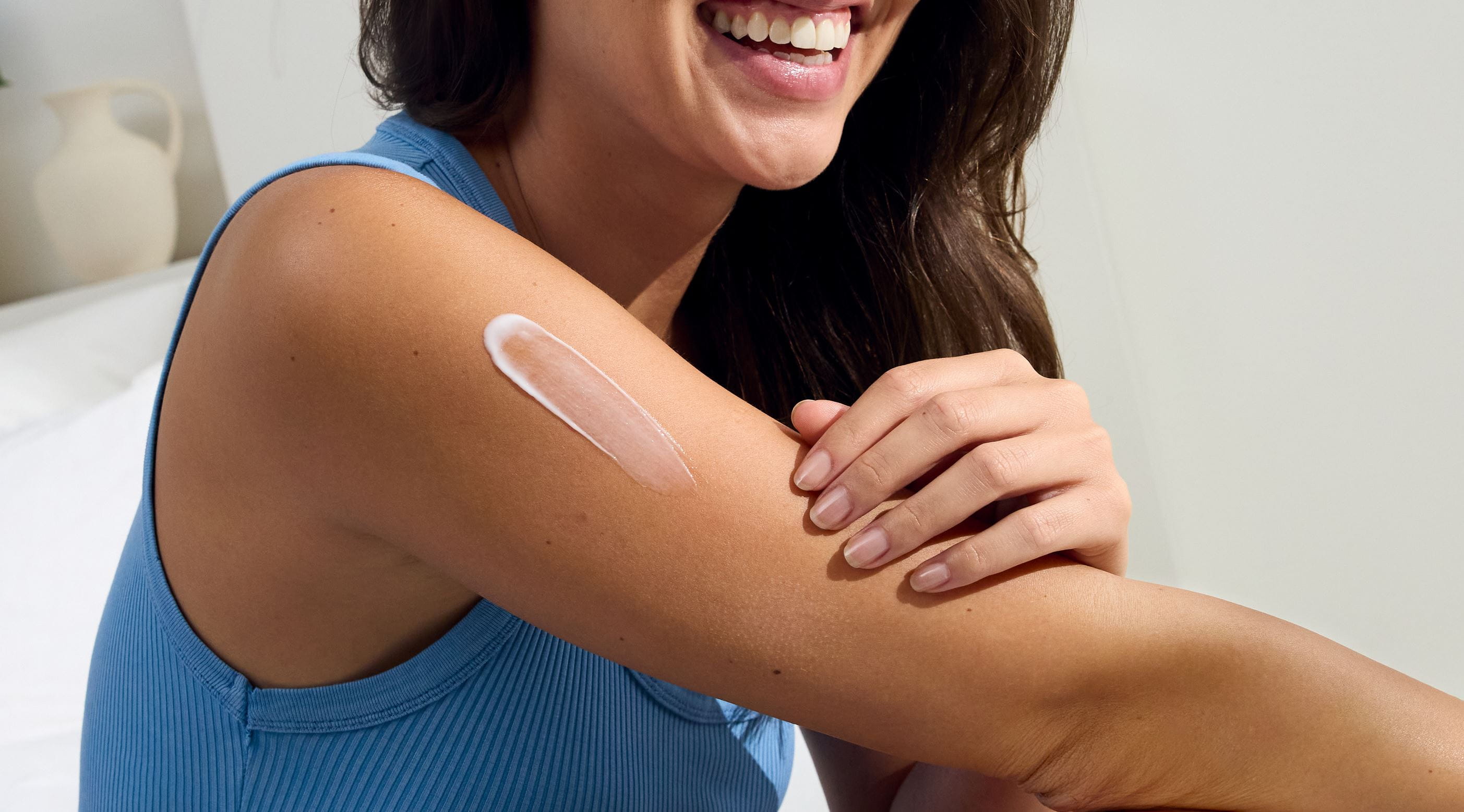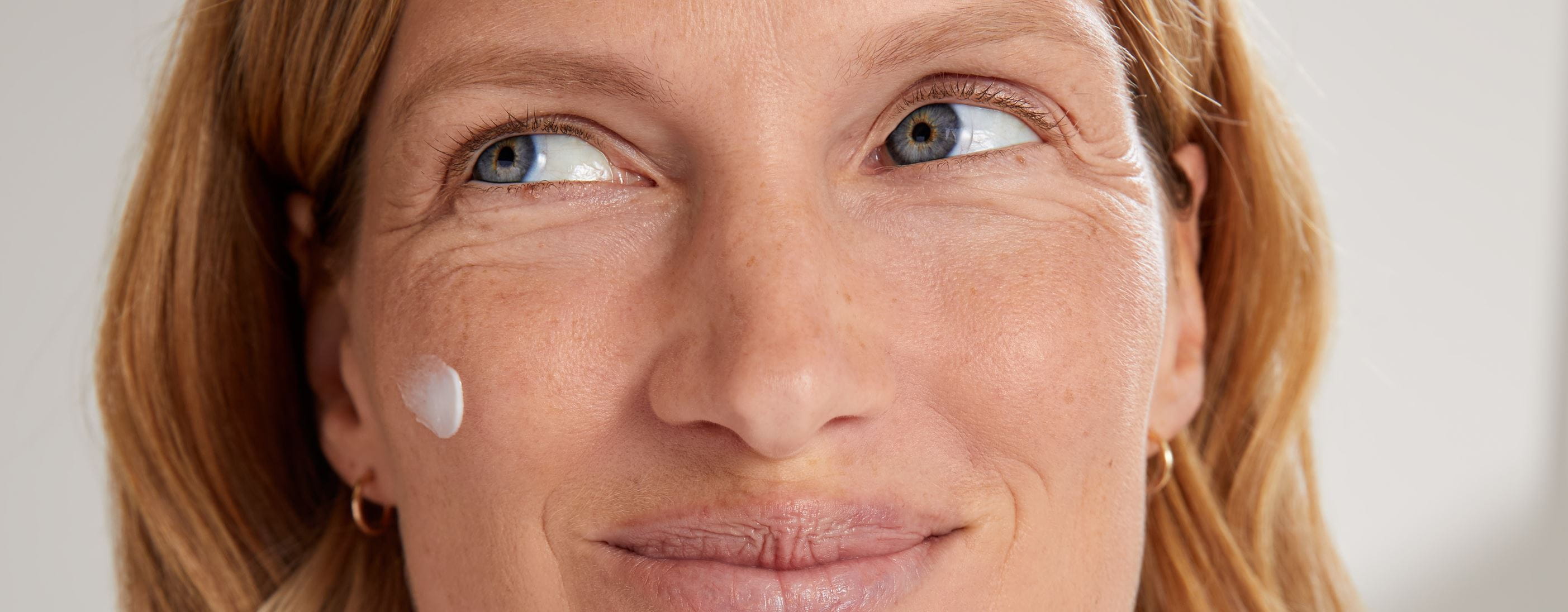
How to get rid of wrinkles
Why do we get wrinkles and how can we treat them? Discover what causes the different types of fine lines and wrinkles, plus how to manage them with NIVEA
In a hurry? Read the highlights here:
What causes wrinkles?
The 7 main types of wrinkles
How to prevent wrinkles
Why is Q10 good for wrinkles?
Wrinkles: Why do we get them and how to treat them?
The 7 main types of wrinkles
Here are the 7 most common types of wrinkles on the face:
ARE THERE DIFFERENT TYPES OF WRINKLES?
What causes wrinkles?
Dynamic v static wrinkles
The folds or creases that appear fall into two categories:
· Dynamic wrinkles – these are ones caused by expressing emotions or repeated facial movements. So for example, lip lines that may appear if we use a straw often.
· Static wrinkles – these come from a loss of elasticity and tend to deepen with age. Examples of these are lines at the corner of the mouth and neck.
Over time dynamic wrinkles can become static wrinkles. One example is when our cheeks lose plumpness, fine smile lines can turn into more prominent folds.
· Dynamic wrinkles – these are ones caused by expressing emotions or repeated facial movements. So for example, lip lines that may appear if we use a straw often.
· Static wrinkles – these come from a loss of elasticity and tend to deepen with age. Examples of these are lines at the corner of the mouth and neck.
Over time dynamic wrinkles can become static wrinkles. One example is when our cheeks lose plumpness, fine smile lines can turn into more prominent folds.
How to prevent wrinkles
Skincare routine to help reduce the appearance of wrinkles
Unfortunately, we can’t stop the ageing process or change certain factors like genetics, which inevitably have a part to play in wrinkles. However, there are some lifestyle changes that we can adopt to help prevent wrinkles and keep skin looking more youthful for longer.
Ingredients…

